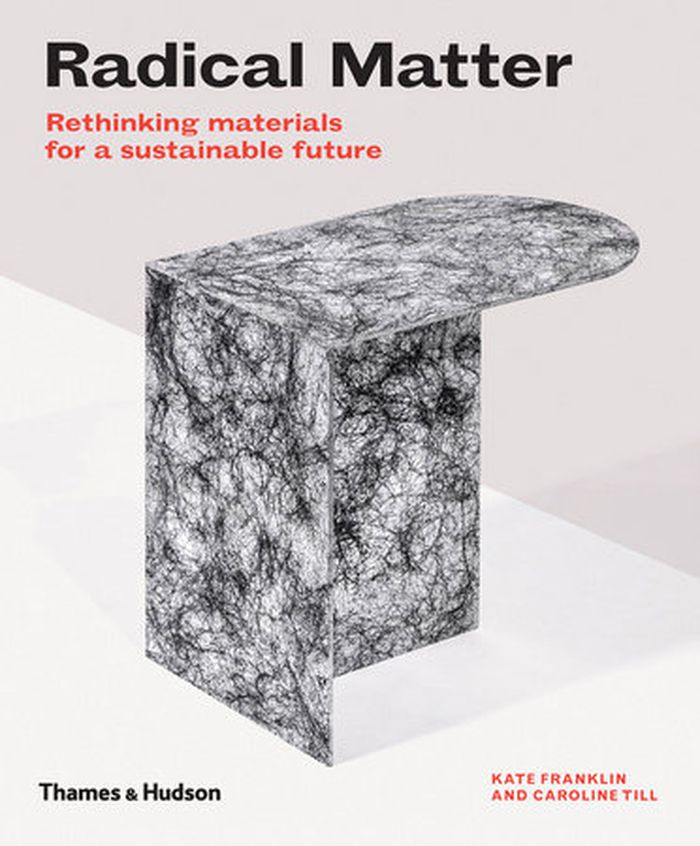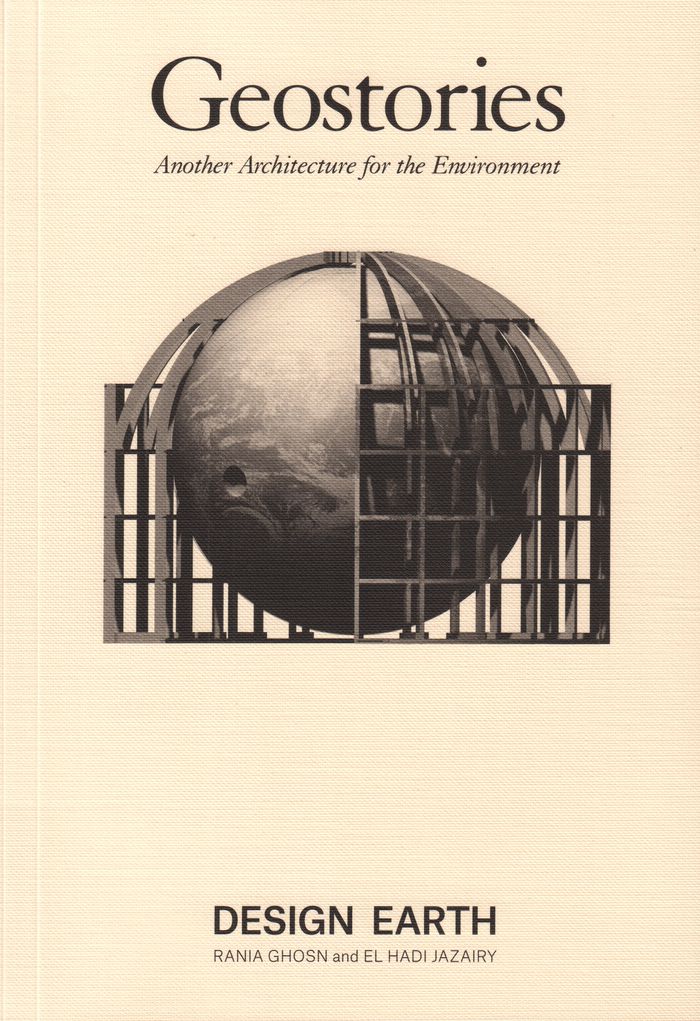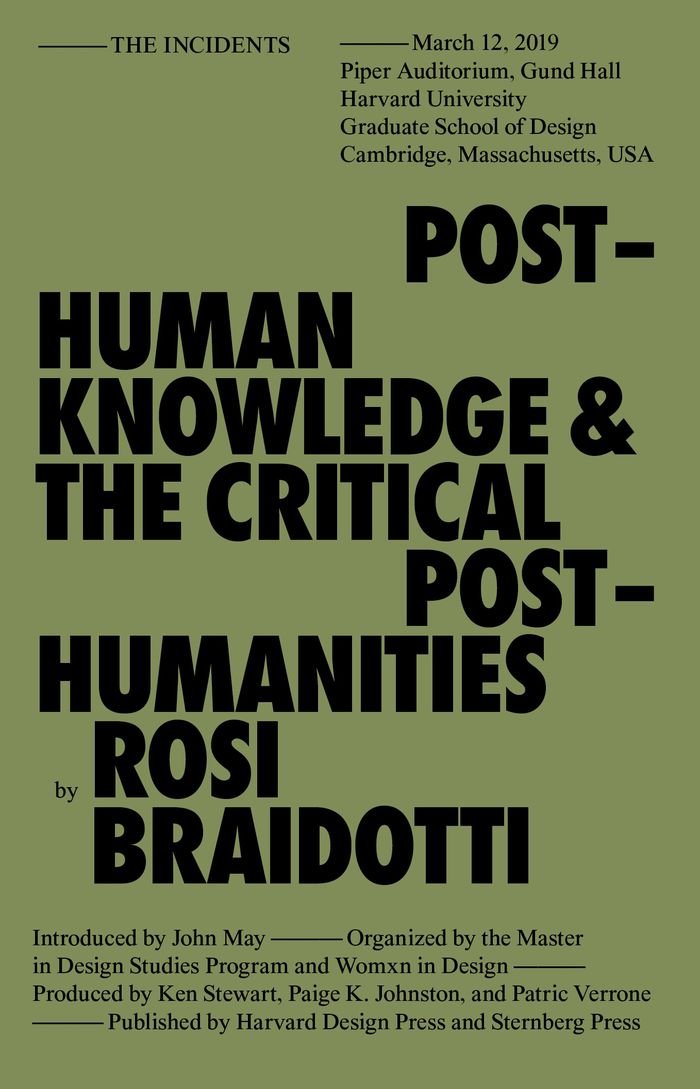$36.00
(disponible sur commande)
Résumé:
4th of October, 2010 at 12.25pm in Ajka, Veszprém county, Hungary: around a million cubic meters of toxic waste were released after the rupture of the retaining wall in one of the reservoirs used for the accumulation of MAL aluminum company trash. The spill reached two meters high and started a destructive race trying to release its energy, flooding the nearby Devecser(...)
Palindromo Meszaros: the Line
Actions:
Prix:
$36.00
(disponible sur commande)
Résumé:
4th of October, 2010 at 12.25pm in Ajka, Veszprém county, Hungary: around a million cubic meters of toxic waste were released after the rupture of the retaining wall in one of the reservoirs used for the accumulation of MAL aluminum company trash. The spill reached two meters high and started a destructive race trying to release its energy, flooding the nearby Devecser and Kolontár villages. Ten human casualties were counted and material damages were impossible to measure, including the destruction or irreparable deterioration of numerous houses, the disappearance of infrastructures and the poisoning of dozens of fields. These photos have been taken six months after the accident when silence takes place of the headlines, and just The Line is left.
Monographies photo
Andreas Gursky
$66.00
(disponible sur commande)
Résumé:
Famed worldwide for his epically-proportioned photographs, Andreas Gursky is one of very few contemporary artists able to represent cultures of excessive information--which he does through images of supermarket wares, crowds, trash, architecture and nature. The extreme detail of Gursky's final image--achieved by digital restructuring--produces a vertiginous effect on the(...)
Andreas Gursky
Actions:
Prix:
$66.00
(disponible sur commande)
Résumé:
Famed worldwide for his epically-proportioned photographs, Andreas Gursky is one of very few contemporary artists able to represent cultures of excessive information--which he does through images of supermarket wares, crowds, trash, architecture and nature. The extreme detail of Gursky's final image--achieved by digital restructuring--produces a vertiginous effect on the viewer, as it oscillates between total representation and total abstraction. It could be said that Gursky updates the eighteenth-century sublime for our times. This publication surveys the artist's most recent creations, on display at the renowned Kunstmuseum Basel throughout the winter of 2007/2008. Two new groups of works in particular, one on Formula One races and the other on the famous Arirang Festival (a closely-choreographed mass spectacle in North Korea's capital of Pyongyang), are gathered here.
Monographies photo
The Bronx
$24.95
(disponible sur commande)
Résumé:
Home to the New York Yankees, the Bronx Zoo, and the Grand Concourse, the Bronx was at one time a haven for upwardly mobile second-generation immigrants eager to leave the crowded tenements of Manhattan in pursuit of the American dream. Once hailed as a "wonder borough" of beautiful homes, parks, and universities, the Bronx became—during the 1960s and 1970s — a national(...)
décembre 2006, New York
The Bronx
Actions:
Prix:
$24.95
(disponible sur commande)
Résumé:
Home to the New York Yankees, the Bronx Zoo, and the Grand Concourse, the Bronx was at one time a haven for upwardly mobile second-generation immigrants eager to leave the crowded tenements of Manhattan in pursuit of the American dream. Once hailed as a "wonder borough" of beautiful homes, parks, and universities, the Bronx became—during the 1960s and 1970s — a national symbol of urban deterioration. Thriving neighbourhoods that had long been home to generations of families dissolved under waves of arson, crime, and housing abandonment, turning blocks of apartment buildings into gutted, graffiti-covered shells and empty, trash-filled lots. In this revealing history of the Bronx, Evelyn Gonzalez describes how the once-infamous New York City borough underwent one of the most successful and inspiring community revivals in American history.
$66.00
(disponible sur commande)
Résumé:
"Radical Matter: Revolutionary Materials and Design for a Sustainable Future" presents the ten “Big Ideas” that will shape and inform the choices of materials, design methods, and manufacturing processes made by designers in the years to come. Drawing from a worldwide community of designers who are pushing boundaries with innovative works that go beyond the notion of(...)
Radical matter: revolutionary materials and design for a sustainable future
Actions:
Prix:
$66.00
(disponible sur commande)
Résumé:
"Radical Matter: Revolutionary Materials and Design for a Sustainable Future" presents the ten “Big Ideas” that will shape and inform the choices of materials, design methods, and manufacturing processes made by designers in the years to come. Drawing from a worldwide community of designers who are pushing boundaries with innovative works that go beyond the notion of “sustainable design,” "Radical Matter" demonstrates how holistic systems of design, production, and consumption will benefit our world environmentally, socially, and economically. The ten “Big Ideas” unpack the themes that are impacting our material world through cutting-edge case studies and expert opinions: Repair Is Beautiful; Today’s Trash, Tomorrow’s Raw Material; Natural Assets; The Waste Revolution; Lessons from the Past; Co-Creation; Material Connections; Short Life Materials; Living Materials; and Future Mining.
Matériaux et éclairage
$33.50
(disponible sur commande)
Résumé:
"Ghostly ruins" shows the life and death of thirty structures, from transportation depots, factories, and jails to amusement parks, mansions, hotels, and entire towns. Author Harry Skrdla gives a guided tour of these structures at their peak of popularity juxtaposed with their current state. Structures discussed include the infamous Eastern State Penitentiary and(...)
octobre 2006, New York
Ghostly ruins : America's forgotten architecture
Actions:
Prix:
$33.50
(disponible sur commande)
Résumé:
"Ghostly ruins" shows the life and death of thirty structures, from transportation depots, factories, and jails to amusement parks, mansions, hotels, and entire towns. Author Harry Skrdla gives a guided tour of these structures at their peak of popularity juxtaposed with their current state. Structures discussed include the infamous Eastern State Penitentiary and Bethlehem Steel factory in Pennsylvania, the Packard Motors Plant and Book-Cadillac Hotel in Detroit, and Philip Johnson's New York State Pavilion from the 1964/65 World's Fair. There is the entire town of Centralia, Pennsylvania, where a trash fire set inside an old mine in 1962 morphed into an underground inferno that incinerated the town from underneath; more than forty years later, the subterranean fire still rages. The town is empty now, just as the many other abandoned places in this chronicle.
$108.00
(disponible sur commande)
Résumé:
Swiss typographer and graphic designer Hans-Rudolf Lutz found the passion behind this book in the trash literally. In 1975, he happened to notice the graphics on some cardboard shipping boxes put out for garbage collection. They soon became an obsession, which has resulted in this fascinating 5000-illustration compendium. Lutz was enchanted by the simplicity and clarity(...)
Hans-Rudolf Lutz Today's Hieroglyphs
Actions:
Prix:
$108.00
(disponible sur commande)
Résumé:
Swiss typographer and graphic designer Hans-Rudolf Lutz found the passion behind this book in the trash literally. In 1975, he happened to notice the graphics on some cardboard shipping boxes put out for garbage collection. They soon became an obsession, which has resulted in this fascinating 5000-illustration compendium. Lutz was enchanted by the simplicity and clarity of these found graphics. Even with the most extreme reduction to essentials, their drawings are capable of conveying sensuality, surprise and precise information, Lutz writes. "I have come to admire these unsung designers." The book covers the spectrum from pure representation to decorative display to the personification of the product. This marvelous book is a sure source of wonder and inspiration for professional designers and is the first work of several that Niggli is bringing back by this pacesetting typographer, a follower of the great Max Bill and contemporary of Emil Ruder and Josef Muller-Brockman.
Signalétique
$11.50
(disponible sur commande)
Résumé:
Factories, farms, and ecosystems all generate mountains of unused material every day. These materials—often viewed as useless leftovers —actually have rich, untapped creative potential. The artist collective Learning Group created several art projects that explore these possibilities, and [Collecting systems] presents these projects in images and words. Members of(...)
août 2006, Chicago
[Collecting systems] : learning book #001
Actions:
Prix:
$11.50
(disponible sur commande)
Résumé:
Factories, farms, and ecosystems all generate mountains of unused material every day. These materials—often viewed as useless leftovers —actually have rich, untapped creative potential. The artist collective Learning Group created several art projects that explore these possibilities, and [Collecting systems] presents these projects in images and words. Members of Learning Group traveled to three different urban environments—Chicago; Monterrey, Mexico; and Mikado, Japan — and built structures that incorporated waste objects in unexpected and fascinating ways. Whether a cardboard house modeled after the structure of sea urchin shells, a wearable walking city, or two houses made of plastic bottles and other gathered materials, their projects recycle trash into treasure. The authors investigate the social issues connected to these projects, such as economics, labor, property rights, and environmental conditions, and they propose innovative courses of action on these issues. In an increasingly disposable world, [Collecting systems] is a compelling look at how we can use the materials around us to their fullest potential.
$45.95
(disponible sur commande)
Résumé:
A road map for product design professionals and students to ten “Big Ideas” in material innovation. Drawing from a worldwide community of designers who are pushing boundaries with innovative works that go beyond the notion of “sustainable design,” Radical Matter demonstrates how holistic systems of design, production, and consumption will benefit our world(...)
Radical matter: rethinking materials for a sustainable future
Actions:
Prix:
$45.95
(disponible sur commande)
Résumé:
A road map for product design professionals and students to ten “Big Ideas” in material innovation. Drawing from a worldwide community of designers who are pushing boundaries with innovative works that go beyond the notion of “sustainable design,” Radical Matter demonstrates how holistic systems of design, production, and consumption will benefit our world environmentally, socially, and economically. The ten “Big Ideas” unpack the themes that are impacting our material world through cutting-edge case studies and expert opinions: Repair Is Beautiful; Today’s Trash, Tomorrow’s Raw Material; Natural Assets; The Waste Revolution; Lessons from the Past; Co-Creation; Material Connections; Short Life Materials; Living Materials; and Future Mining. The book includes an invaluable directory of resources for cutting-edge materials and a definitive list of global research centers, innovation hubs, academic courses, and material libraries. Radical Matter contains a wealth of information to help design professionals and students turn revolutionary concepts into reality.
Matériaux et éclairage
$48.95
(disponible en magasin)
Résumé:
How do we make sense of the Earth at a moment in which it is presented in crisis? ''Geostories'' is a manifesto on the environmental imagination that renders sensible the issues of climate change and through geographic fiction invites readers to relate to the complexity of Earth systems in their vast scales of time and space. The book is organized into three(...)
Geostories: another architecture for the environment
Actions:
Prix:
$48.95
(disponible en magasin)
Résumé:
How do we make sense of the Earth at a moment in which it is presented in crisis? ''Geostories'' is a manifesto on the environmental imagination that renders sensible the issues of climate change and through geographic fiction invites readers to relate to the complexity of Earth systems in their vast scales of time and space. The book is organized into three sections–terrarium, aquarium, planetarium, each of which revisits such devices of wonder that assemble publics around representations of the Earth. The series of architectural projects becomes a medium to synthesize different forms and scales of knowledge on technological externalities, such as oil extraction, deep-sea mining, ocean acidification, water shortage, air pollution, trash, space debris, and a host of other social-ecological issues. Through design research, ''Geostories'' brings together spatial history, geographic representation, projective design, and material public assemblies to speculate on ways of living with such legacy technologies on the planet.
Architecture écologique
$24.95
(disponible en magasin)
Résumé:
Robots designed to care for people and neglected landscapes of digital trash. The promise of synthetic biology and the panic of living on a dying planet. Wonderful feats of intelligence and systemic acts of violence. Exhilaration and exhaustion. Rosi Braidotti argues that we must think about these apparent contradictions all together in order to make differences that(...)
Posthuman knowledge and the critical posthumanities
Actions:
Prix:
$24.95
(disponible en magasin)
Résumé:
Robots designed to care for people and neglected landscapes of digital trash. The promise of synthetic biology and the panic of living on a dying planet. Wonderful feats of intelligence and systemic acts of violence. Exhilaration and exhaustion. Rosi Braidotti argues that we must think about these apparent contradictions all together in order to make differences that actually matter. "Posthuman knowledge and the critical posthumanities" oscillates between evocations and transections of contemporary conditions, for which Braidotti offers what she calls the "posthuman convergence" as a new paradigm for situating and navigating their problems and possibilities. Reflecting on the knotted situation of the academic humanities, cognitive capitalism, and advanced climate change, she delivers an intersectional critique of humanism and anthropocentrism, and targets their exclusions and aporias to address subjectivity, knowledge production, and academic structures within that posthuman convergence. Braidotti's convergence demands imagination, endurance, connectivity, and perspectives multiplied, embodied, and grounded in the only world we have.
Théorie/ philosophie
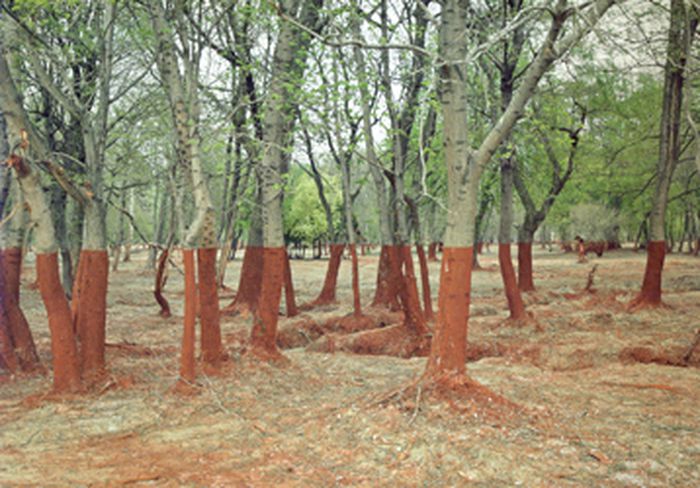
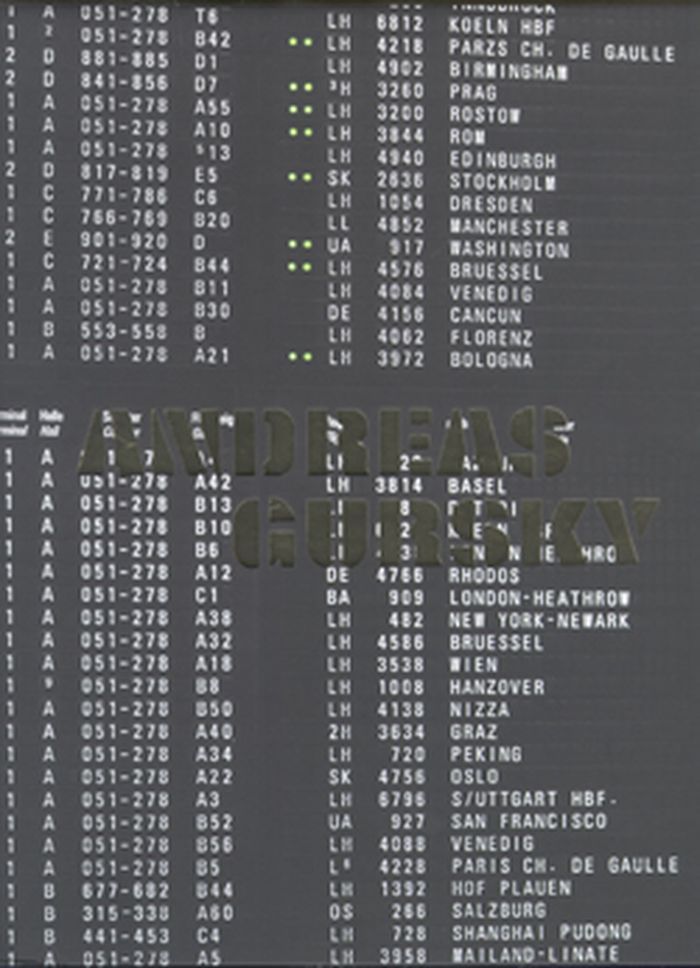
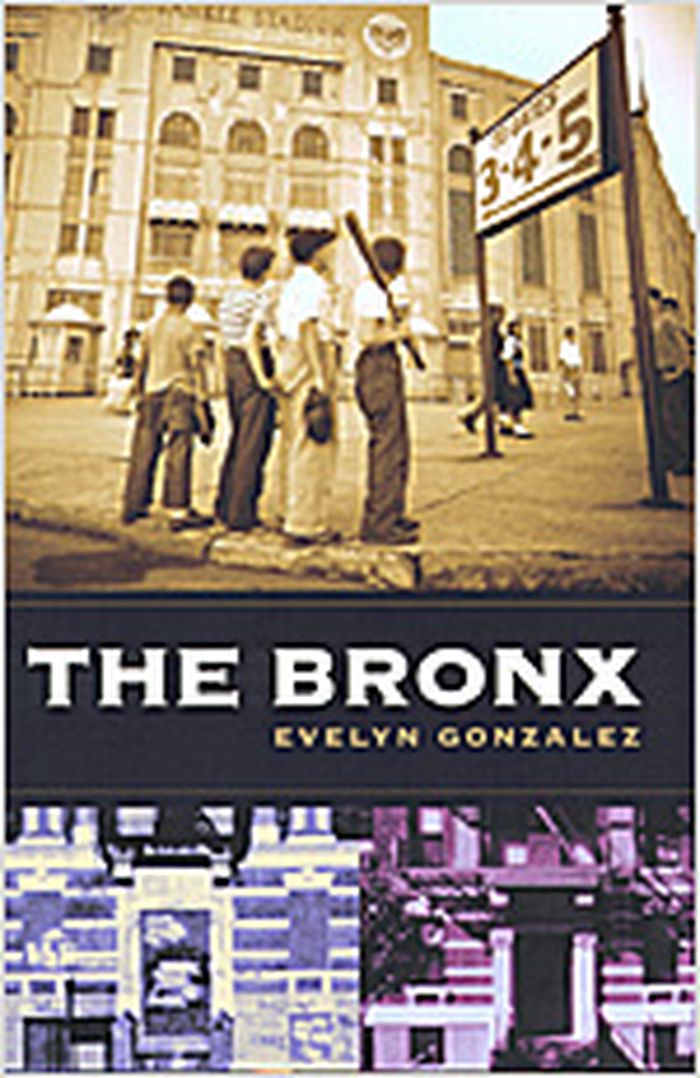
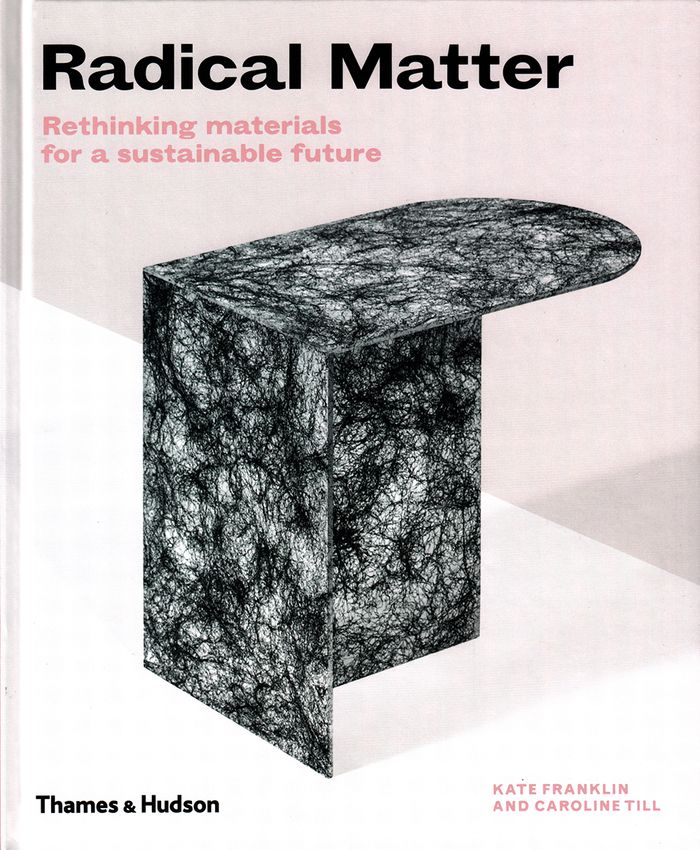
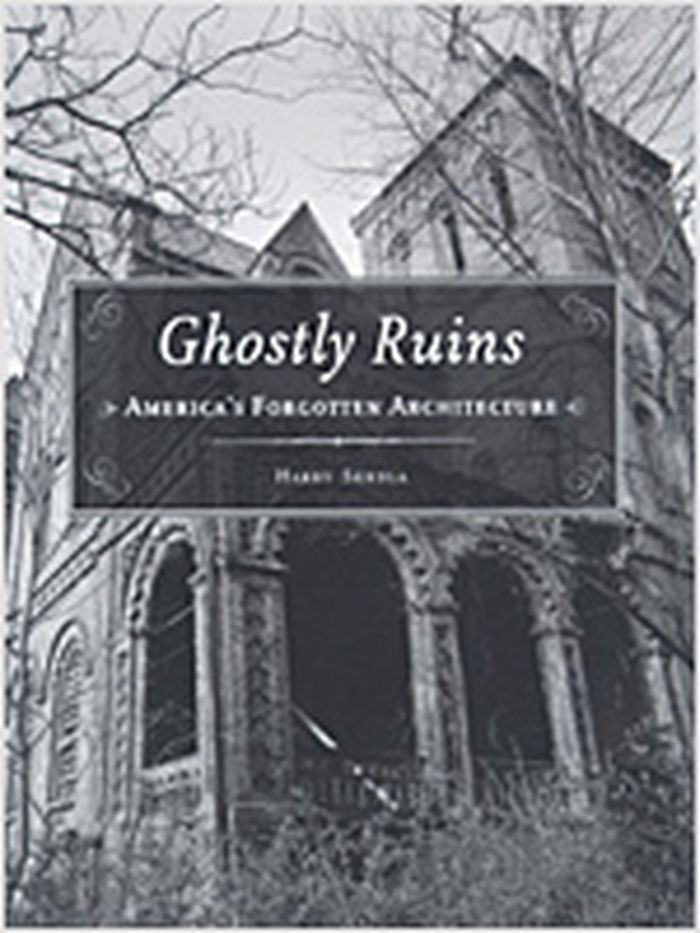
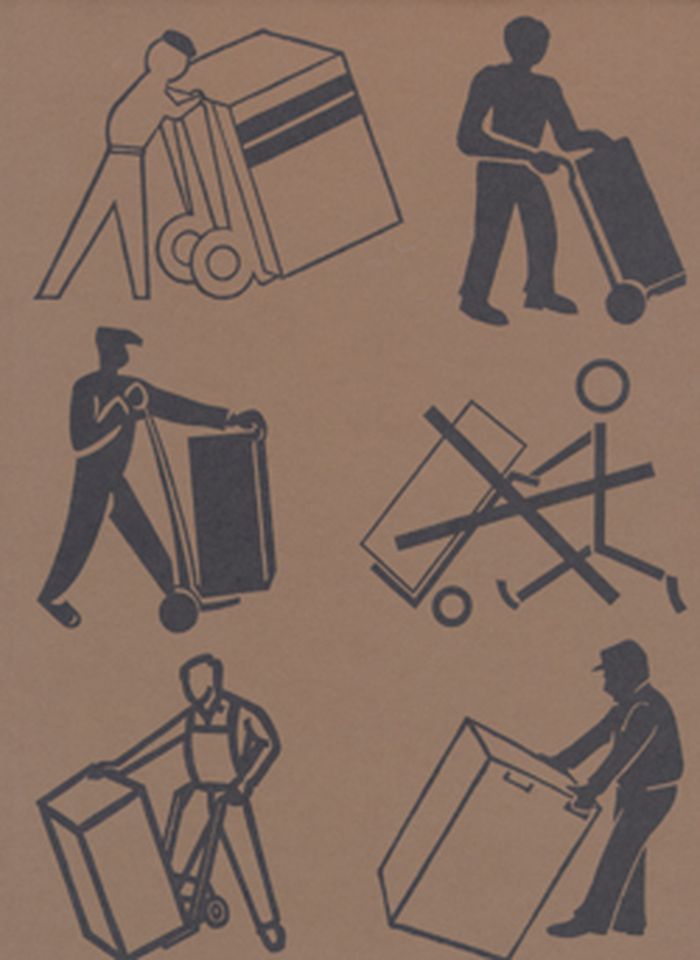
![[Collecting systems] : learning book #001](/img-bookstore/8f1VgIQpwBbXOpoE_9GM4qCs1mc=/700x998/MIG-18252.jpg)
